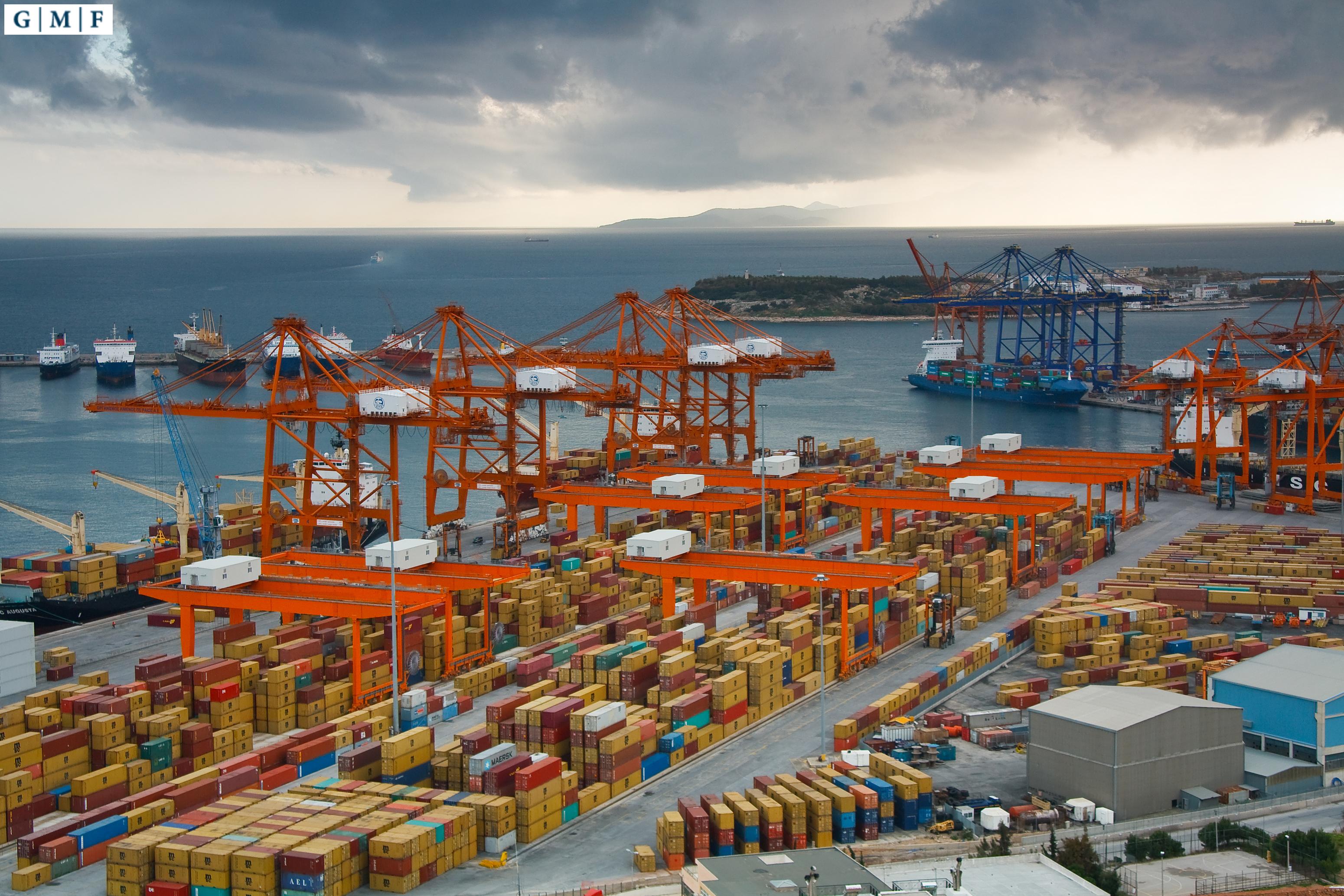Summary
Even before the Belt and Road Initiative (BRI) provided additional clarity about China’s strategic intent, Europe had experienced major influxes of Chinese finance, used to snap up everything from fading brands to large-scale infrastructure assets. The EU and many European states have already expedited their plans to strengthen or launch investment-screening processes.
Yet Europe is still in the early stages of determining the right balance of security, openness, and economic resilience when it comes to China’s economic presence. Many investment-screening mechanisms are new or untested. Debates over how far strategic infrastructure should be viewed through a military security prism continue apace in NATO. China’s “dual circulation” plans for its domestic economy, which signal a more radical approach to self-sufficiency for itself and dependency for others, are still in their embryonic phase, as is European thinking about how to adjust policy in light of it.
Through the analysis of three emblematic case studies, this report takes stock of the situation and highlights commonalities in Beijing’s approach to infrastructure investment in Europe.
The first case is Germany and its neighbors. Germany remains the economic locus for much of the wider region, and is the dominant actor for the European economy as a whole, which gives outsized weight to national and sub-national choices in the country about how to deal with Chinese economic actors. While specific industrial sectors continue to deepen their commercial ties, concern from important sections of industry about the systemic impact of Chinese economic and political practices has arguably had the single greatest impact on the changing nature of the European debate on China.
The second case is Italy and the wider Mediterranean region. Southern Europe was the locus of the biggest wave of Chinese investments in sensitive sectors during the eurozone crisis. Many saw Italy’s willingness to sign up to the BRI in 2019 as simply a repeat of the Greek and Portuguese experience earlier. Yet, the picture has proved vastly more complex. Membership of BRI, far from resulting in a deepening of Sino-Italian relations saw a diplomatic backlash produced by the BRI memorandum of understanding and the end of the populist coalition government, formed by the Five Star Movement and the League, that signed it.
The third chapter moves to the Nordic countries. The crux of the recent story there too is the change in approach from some of Europe’s most open and technologically advanced states, which have shifted from seeing China through the prism of globalization’s benefits to revisiting the permeability of their systems in light of the risks that it poses.
The coming phase of Chinese infrastructure investment in Europe will not resemble the previous ones. Beijing is well aware of the changed political climate in many countries, of the heightened sensitivities around these investments, of the greater attention from the United States, and of the new scrutiny mechanisms that are in place. Nonetheless, European analysis and responses to China has often been characterized by a “rearview mirror” approach.
In drawing lessons from the case studies, the main question to address is how to ensure that the substance of the security concerns relating to Chinese investment is addressed rather than just the specific forms it has taken in the past.
This includes:
- building appropriate expertise to ensure that governments are better attuned to China’s changing goals and methods;
- addressing the more complex set of dependencies that China is now looking to establish with Europe through the “dual circulation” agenda;
- better integrating investment screening with the trade and industrial policy agenda, including with close attention to the European and allied military industrial base, with digital infrastructure as a central priority;
- adjusting legal frameworks rapidly, and retaining sufficiently expansive discretionary powers to be able to deter actions that work against the spirit of the screening legislation or move retroactively when this fails;
- robust transparency requirements relating to ownership, control, finances, audits, and personnel;
- a more active role for NATO and defense ministries in identifying risks and raising red flags that are hared with other alliance members;
- pushing ahead with a more serious infrastructure finance offer from Europe and its partners to third countries, lining up connectivity finance and streamlining the fragmented, slow-moving processes that add up to less than the sum of their parts; and,
- ensuring that European states have sufficient capacity to influence the overall shape of the emerging framework of essential coordination among like-minded partners, rather than being primarily reactive to developments in U.S. and Chinese policy.

